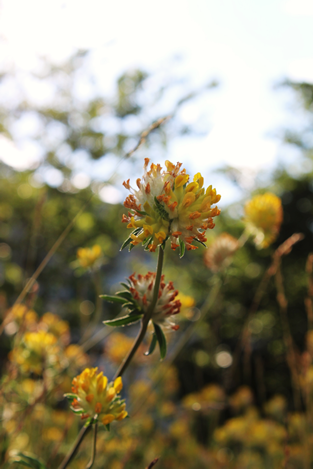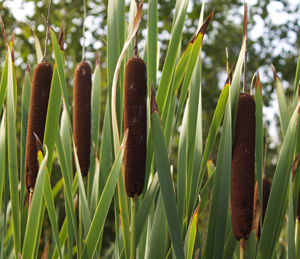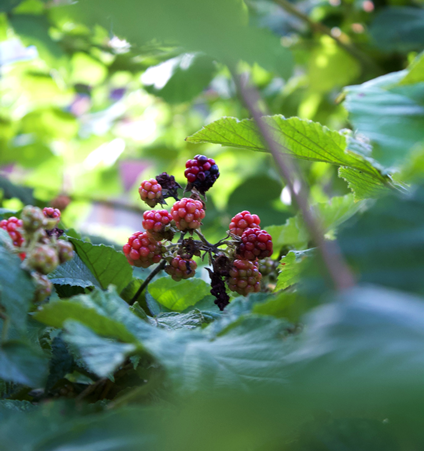Common name: Kidney Vetch
Scientific name: Anthyllis vulneraria
Flowering time: June to September
Where to find: in the garden at Lumen
‘Both the scientific name and the common name of this plant point out its healing properties – vulneraria means wound healer. This is because the leaves, roots and flowers of the plant contain antibacterial and antioxidant properties, so can be used both fresh and dried to heal skin wounds and rashes. Parts of this plant are also used internally to relieve stomach problems and throat pain.’
Nitrogen
‘The help this plant offers does not stop at humans. Roots of this species also have a symbiotic relationship with nitrogen fixing bacteria. Through this relationship nitrogen can be assimilated and provided to the plant itself and the plants around it. Lastly, the Kidney Vetch is visited by many insect such as bees, butterflies and caterpillars.’
Nothing there
‘Kidney Vetch is often present in seed mixtures that popularly sown to add more flowers to our nearby environment. The problem however, is that often indigenous species are not included in this mix, but rather forms or cultivars derived from breeding programs. Such carnival mixes, although seeded with the best intention, actually do more harm than good. Because these flowers have no value other than aesthetic, they often do not provide food for insects and may cross with the wild species, changing the specific genetic characteristic of the wild species.’
This series is produced by student editor and Master’s student of Plant Breeding Julia van der Westhuyzen (photos and text) and Professor of Plant Ecology Joop Schaminée (stories).

 Kidney vetch in the garden at Lumen. Photo Julia van der Westhuyzen
Kidney vetch in the garden at Lumen. Photo Julia van der Westhuyzen 

